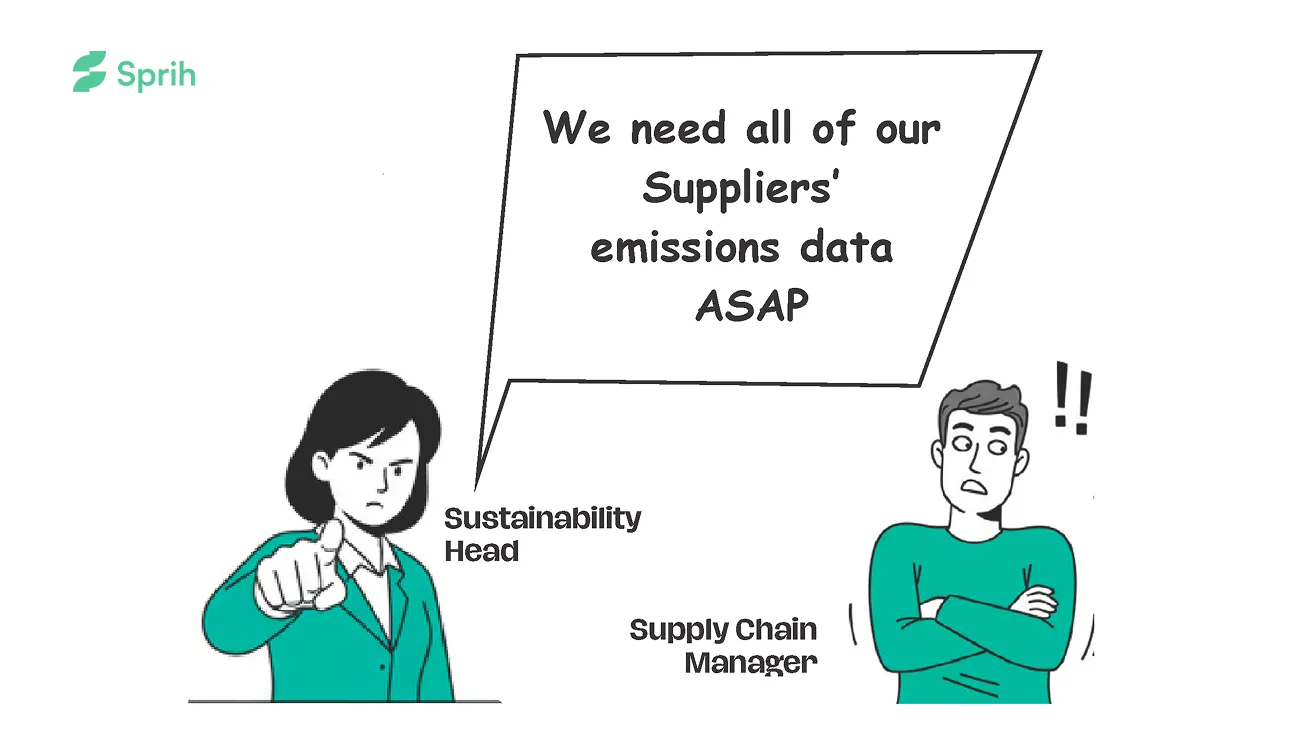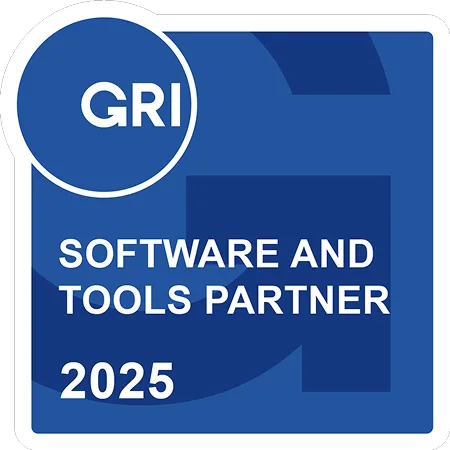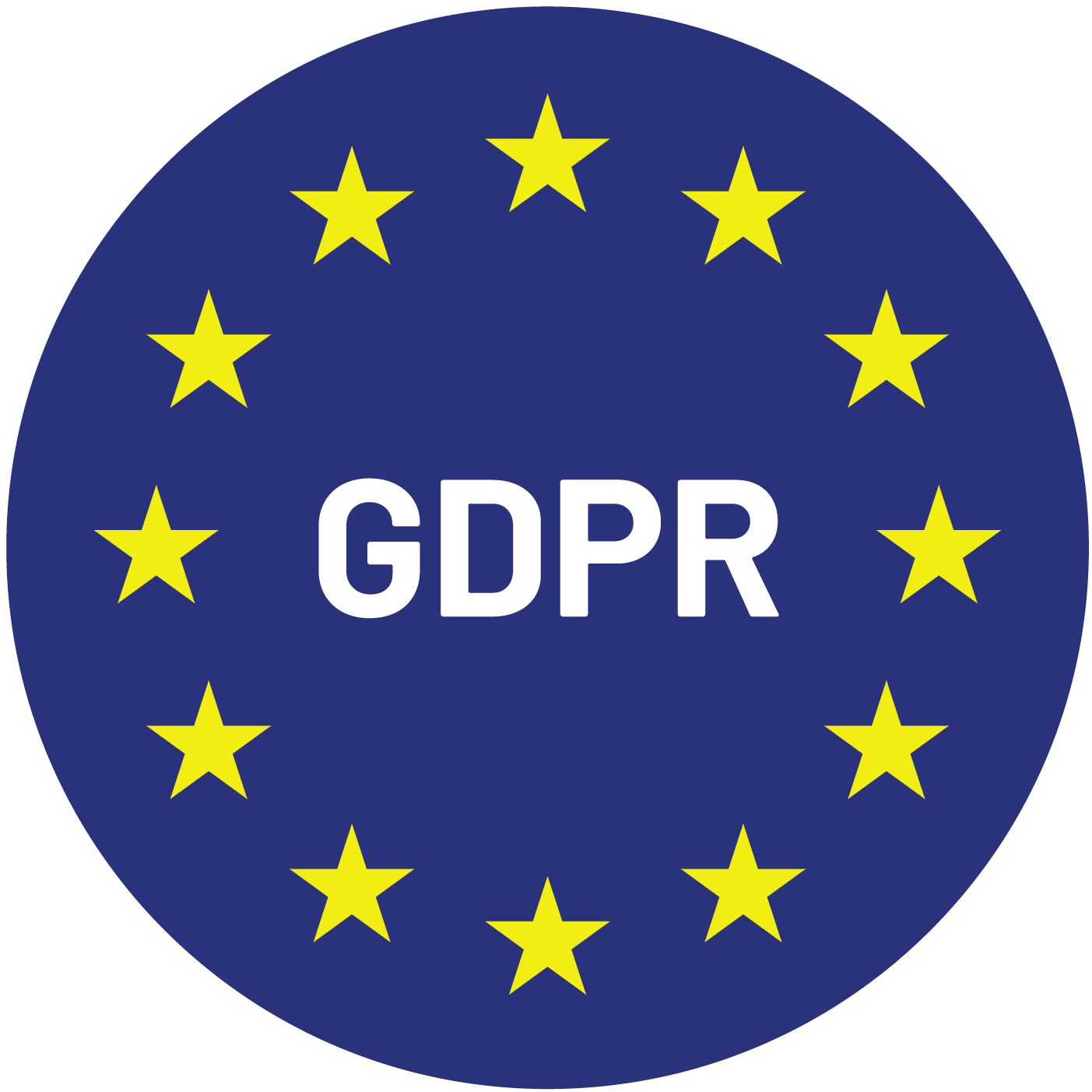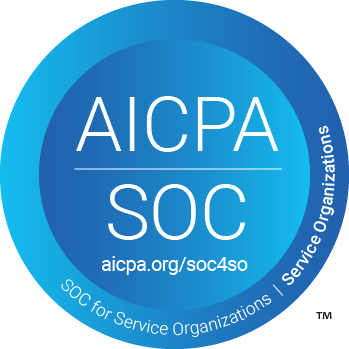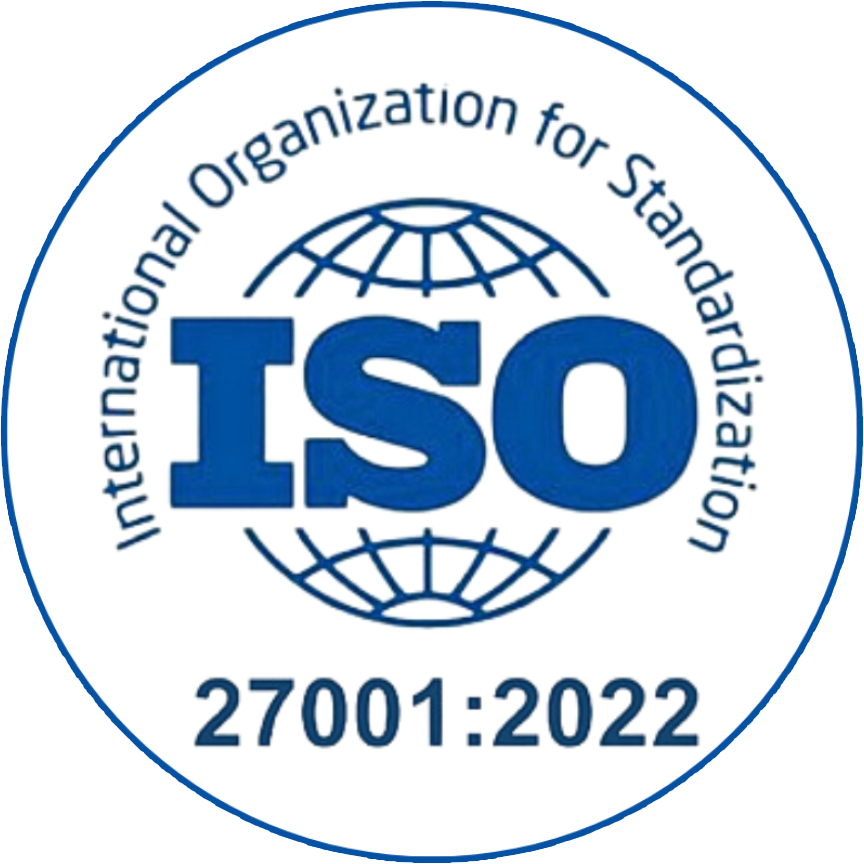The Securities and Exchange Board of India (SEBI) recently approved key changes to the Business Responsibility & Sustainability Report (BRSR) requirements for value chain disclosures. These changes are intended to facilitate ‘ease of doing business’ for companies previously mandated with value chain ESG disclosures. In this blog, we analyse the strategic implications of SEBI’s relaxation measures and outline a pragmatic approach for companies to achieve long-term success.
What it Means for Companies
Key modifications introduced to the BRSR value chain disclosures include the following:
1. Deferral of ESG Disclosure Deadline: SEBI has deferred the ESG disclosure deadline for value chain partners by one year. Now, ESG disclosures for value chain partners will apply from FY 2025-26 instead of FY 2024-2052.
2. Voluntary Reporting: Until FY 2025-26, ESG reporting for value chain partners will remain voluntary instead of the current “comply-and-explain” approach.
3. Scope Reduction: The scope of value chain disclosures has been reduced to cover only the top upstream and downstream partners of a listed entity, individually comprising 2% or more of the listed entity’s purchases and sales (by value). Companies can limit these disclosures to 75% of their total purchases and sales by value.
4. Assessment or Assurance: The term “assurance” has been replaced with “assessment or assurance,” and assessments will be conducted by third parties based on standards developed by the Industry Standards Forum (ISF) in consultation with SEBI. This applies to BRSR Core disclosures from FY 2025 for listed entities and FY 2027 for the value chain.
Strategic Implications: How to avoid compromising long-term vision for short-term ease
Companies should view these regulatory shifts as an opportunity to strengthen their sustainability frameworks, rather than merely easing compliance. Proactive engagement with value chain partners and robust ESG reporting will be key in establishing themselves as leaders in the global marketplace.
Not a moment to slow down but to prepare for a leap
Deferral of the ESG disclosure deadline by one year, pushing the requirement to FY 2025-26 instead of FY 2024-25, provides companies with a grace period to prepare for disclosures. While this flexibility is beneficial for initial compliance, it also risks delaying the momentum needed for urgent climate action. The need for urgency cannot be overstated, especially in light of the alarming findings from the global stocktake and the record-setting levels of global CO2 emissions in 2024. Our collective actions in this decade will critically shape the pace and direction of the low-carbon transition for years to come.
Companies must seize this opportunity, avoid undermining the progress made thus far, and actively work to enhance their processes and frameworks by engaging in voluntary pilot disclosures. This proactive approach will ensure they are well-positioned for meaningful, long-term impact.
Scope your disclosures from a risks perspective
Reducing the scope of value chain disclosures to cover only top upstream and downstream partners (comprising at least 2% of purchases and sales) limits the breadth of ESG transparency. Although this reduction simplifies compliance, it overlooks smaller, potentially high-risk suppliers.
ESG reporting is more than compliance; it is a strategic tool. Focusing only on major partners misses the broader risks and opportunities within the value chain. A low-value tag is neither an excuse for companies to ignore social and environmental impacts, nor can they afford to sidestep risks and opportunities therein. A more effective approach would be to evaluate and identify value chain partners that i) are most impacted by operations; ii) threaten your business with higher risks; iii) and offer maximum opportunities for sustainable growth. Such an approach is consistent with the principle of materiality, enabling strategic decision making and global competitiveness.
Replacing assurance with assessment is a double-edged sword
While it is tempting to take the least-resistant path, companies need to tread cautiously in solving the assessment vs assurance dilemma.
On one hand, choosing assessment can be beneficial for companies looking to optimize their compliance costs, however, as a downside it can potentially compromise the rigor and reliability of sustainability reports. Assurance by an independent third party typically provides a higher level of credibility and confidence in the reported information. For external stakeholders, especially investors, the dilution of assurance quality could lead to inconsistent and ambiguous data, hampering informed decision-making. Assurance is an established mechanism globally, providing a reliable framework for verifying sustainability claims. Without it, Indian companies might face increased scrutiny and lose their competitive edge on the global stage.
From a strategic point of view, aligning with international best practices not only enhances credibility but also prepares companies for future regulatory landscapes. Further, it enables companies to maintain high standards of transparency and accountability, allowing them to compete with global players.
Should you be interested in learning more about the next steps you need to take to stay ahead of the curve, get in touch with us now!
FAQs
What are SEBI’s recent changes to BRSR value chain disclosures?
SEBI has deferred ESG disclosure requirements for value chain partners to FY 2025–26, made reporting voluntary until then, narrowed the scope to partners contributing at least 2% of purchases or sales, and replaced “assurance” with “assessment or assurance” conducted by third parties.
How does the deferral of ESG disclosures impact companies?
The one-year deferral provides companies additional time to prepare for compliance, but it’s crucial to use this period proactively to strengthen sustainability frameworks and avoid delaying essential climate actions.
What is the significance of replacing ‘assurance’ with ‘assessment or assurance’?
This change allows for third-party evaluations based on standards developed by the Industry Standards Forum in consultation with SEBI, offering flexibility and potentially reducing compliance costs while maintaining credibility.
Why is the scope of value chain disclosures reduced?
By focusing on partners contributing at least 2% of purchases or sales, SEBI aims to ease compliance burdens. However, companies should still assess smaller partners that may pose significant ESG risks.
What strategic approach should companies adopt in light of SEBI’s relaxation?
Companies should view these changes as an opportunity to enhance their ESG reporting practices, engage proactively with value chain partners, and prepare for future mandatory disclosures to position themselves as sustainability leaders.




